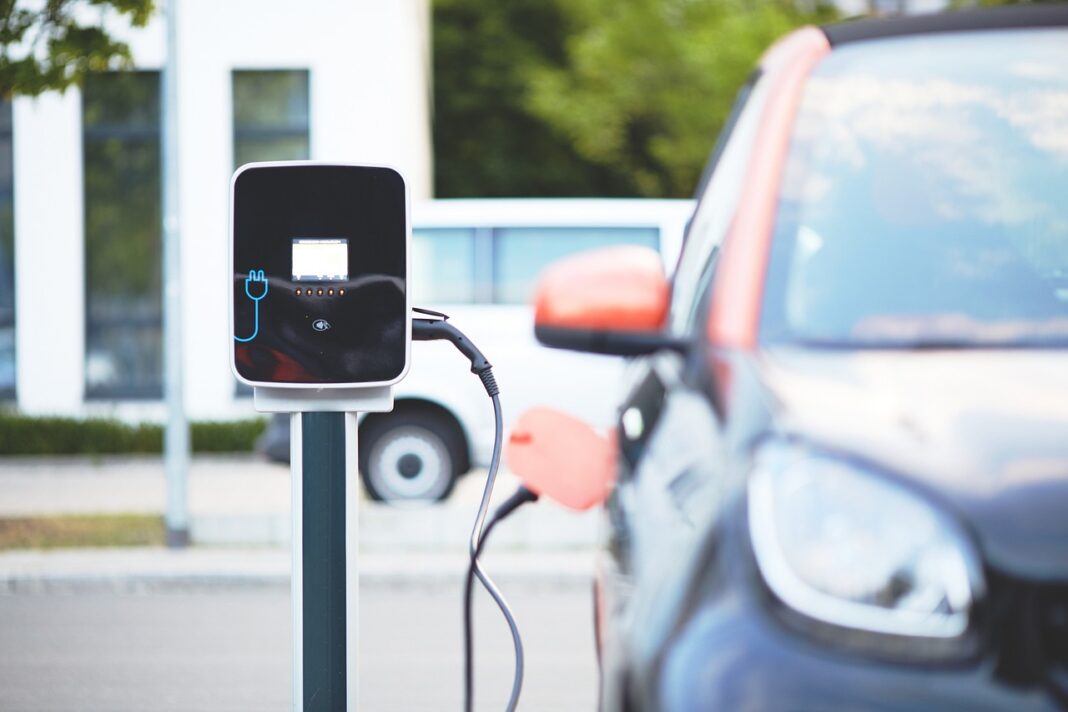Navigating the world of electric vehicle (EV) charging can be intricate, especially with various charger types available. This article aims to delineate the distinctions between the Type 1 and Type 2 EV chargers, providing clarity for both current and prospective EV owners.
What is the role of EV chargers?
In the burgeoning world of electric vehicles (EVs), the charger acts as the crucial bridge between the electrical grid and the vehicle’s battery. Its primary function is to safely convert electrical energy from the grid to a form that the vehicle’s battery can store and utilize. Without a reliable and efficient charger, the transition to EVs would stall. Furthermore, the charger manages the power flow, ensuring the battery receives the right amount of energy at the right pace. This not only safeguards the battery’s health but also optimizes the charging time. In essence, the EV charger is to electric vehicles what the fuel pump is to gasoline-powered cars—vital for operation.
What is the Type 1 charger used for?
Type 1 chargers, predominantly found in North America and some parts of Asia, are designed for single-phase AC charging. This type of charger is will soon be associated with earlier models of electric vehicles as more and more brands adopt the NACS (North American Charging Standard)- the one which Tesla vehicles have been using since the beginning. As a general rule of thumb, when someone refers to a Type 1 EV charger, they are most likely discussing the connector type that fits into the car rather than the charging station’s hardware. The power of the station is usually measured in levels or kilowats. These chargers are predominantly utilized for home and public charging stations and support slower charging speeds compared to some of their counterparts.
Characteristics of Type 1 chargers
- Connector design: Type 1 connectors have a round shape with a single gun-type configuration. They come with five pins: one for grounding, one for the pilot, and three for power.
- Single-phase charging: Type 1 is strictly a single-phase connector, which means it draws power from a single electrical phase. This limits the charger’s speed, with most Type 1 chargers offering up to 7.4 kW of power (32 amps). Some more powerful Level 2 stations offer up to 11.5 kW (48 amps).
- Locking mechanism: To ensure safety and prevent disconnections during the charging process, Type 1 connectors are equipped with a locking mechanism. This mechanism secures the connector to the car until the charging session is completed or manually stopped.
- Versatility: While not as universal as the Type 2 connector in terms of global usage, the Type 1 connector is compatible with a wide range of electric vehicles, especially in regions where it is standard.
What is the Type 2 charger used for?
The Type 2 charger, predominantly found in Europe and increasingly adopted across various parts of the globe, has become the de facto standard for electric vehicle charging in many regions. Unlike the Type 1 charger, which is limited to single-phase charging, the Type 2 charger supports both single-phase and three-phase charging (up to 22 kW). This flexibility allows it to offer faster charging speeds and makes it suitable for both home charging and public charging stations (hotels, parking lots, shopping centers and others).
Characteristics of Type 2 chargers
- Connector design: The Type 2 (CCS2) connector boasts a flat pin design with two additional pins for DC charging, bringing the total to seven pins. This configuration gives it the flexibility to support both AC and DC fast charging (up to 350 kW).
- Three-phase charging capability: With its three-phase charging support, Type 2 connectors can deliver power levels up to 22 kW, making it generally faster than typical Type 1 chargers.
- Safety features: Type 2 chargers come with a built-in locking mechanism similar to Type 1 but also include added safety features like shutters to prevent direct touch access to live parts.
- Compatibility: Type 2 connectors have a broader acceptance, especially in Europe, and are now being increasingly used in newer models of electric vehicles across different continents. Its universal appeal makes it a desirable choice for many public charging infrastructures.
Key differences between Type 1 and Type 2 chargers
- Geographical dominance: While Type 1 is prevalent in North America and parts of Asia, Type 2 is dominant in Europe and is expanding its reach globally.
- Charging capability: Type 1 chargers are designed for single-phase AC charging, typically offering up to 7.4 kW of power. In contrast, Type 2 chargers can support both single-phase and three-phase AC charging, with power levels reaching up to 22 kW.
- Connector design: The Type 1 connector has a round, gun-type configuration with five pins, while the Type 2 connector is more rectangular with seven pins. Both connectors allow for fast DC charging, as they share the CCS protocol.
- Compatibility and standardization: With European regulations leaning towards a unified charging solution, Type 2 has gained a more extensive acceptance as a universal charging standard, especially in public charging infrastructures.
Understanding these key differences between Type 1 and Type 2 can guide potential EV owners in making informed decisions regarding their charging infrastructure and ensuring that they have the right solutions in place for their specific needs.



